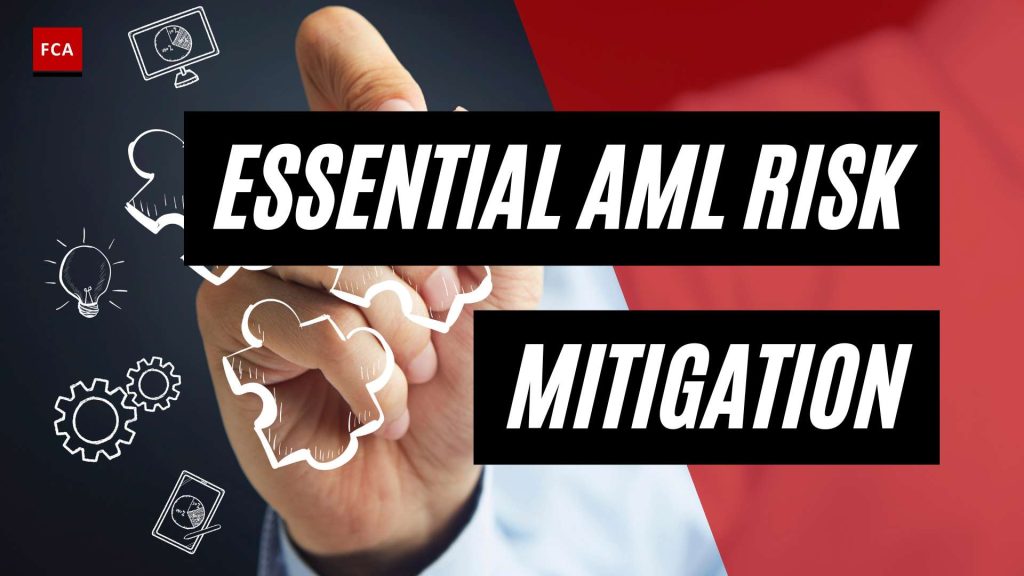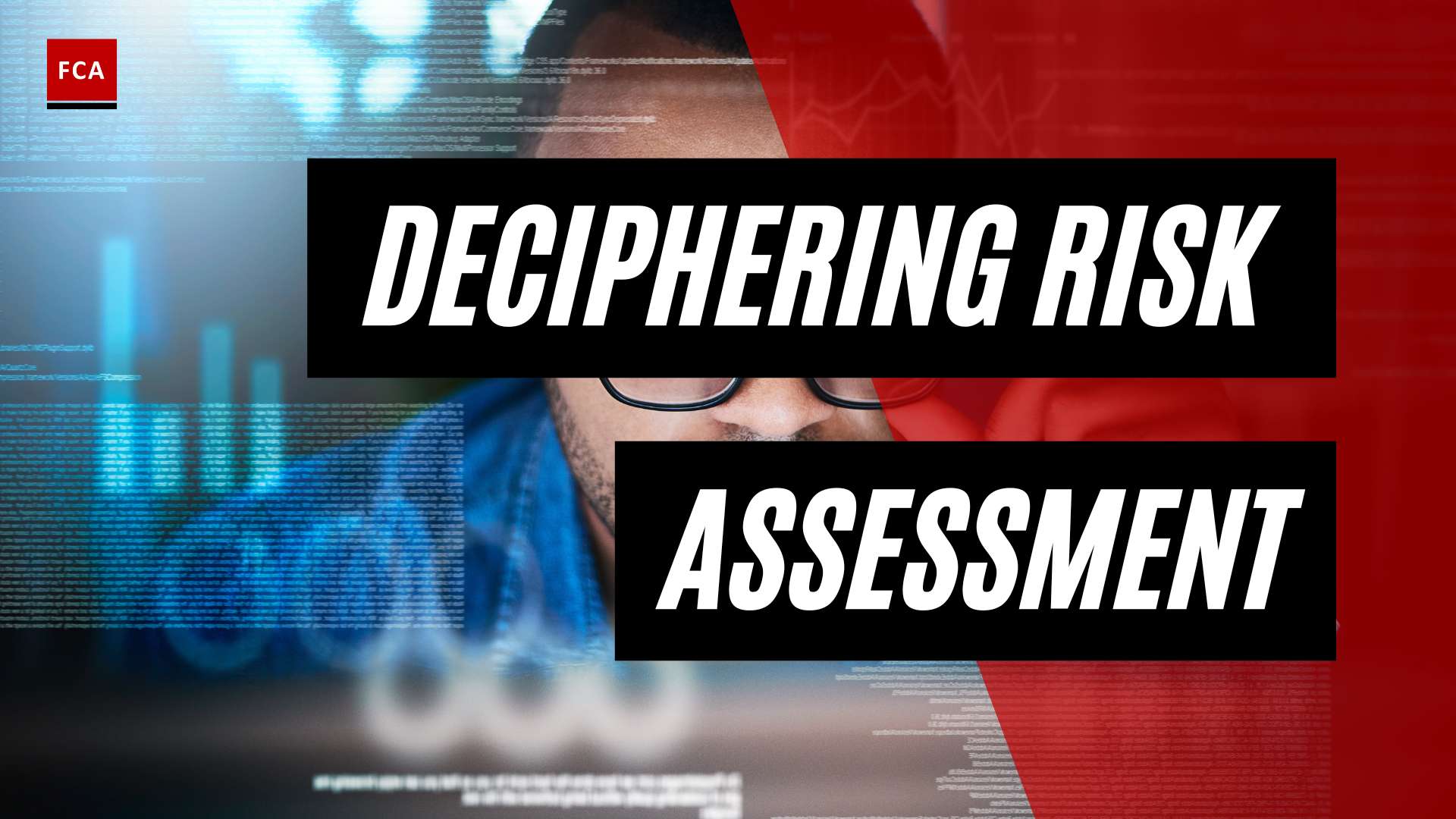Understanding AML Basics
Navigating the complex landscape of anti-money laundering (AML) regulations is a crucial task for any financial institution. Understanding AML basics is the first step in the journey of implementing effective AML policies and strategies, and ultimately ensuring compliance.
What is Anti-Money Laundering?
Anti-Money Laundering refers to a set of procedures, laws, and regulations designed to prevent the practice of generating income through illegal actions. In most cases, money launderers hide their actions through a series of steps that make it look like money that came from illegal or unethical sources was earned legitimately.
An AML compliance program is essential for financial institutions to detect and report suspicious money-laundering activities, tax evasion, fraud, and terrorist financing to regulatory authorities. It emphasizes the risk posed by customers and the need for effective internal money laundering detection systems and controls (Flagright).
Strategies to achieve AML compliance include implementing AML transaction monitoring, conducting AML risk assessments, performing AML due diligence, and establishing robust AML policies and procedures.
Importance of AML Compliance
Financial institutions are advised to have a solid grasp of what an AML compliance program should accomplish in order to comply with the regulatory framework and prevent legal issues, such as financial fraud, money laundering, tax evasion, terrorist financing, and other financial crimes.
The importance of AML compliance extends beyond the legal sphere. A well-implemented AML compliance program can demonstrate an organization’s commitment to ethical and sustainable business practices, fostering a compliance culture at all levels of the organization. It also ensures stakeholders and employees are aware of the commitment to ethical business conduct.
A failure of AML compliance can have significant consequences. Money laundering scandals have caused bank collapses and shocked countries, ultimately leading to an erosion of trust in the financial system, resulting in taxpayers subsidizing failing banks and limiting customer access to credit.
National anti-money laundering efforts primarily focus on domestic risks, which often leads to lagging efforts, and divergent approaches hinder effective global collaboration (IMF).
In conclusion, understanding the basics of AML and its importance is the foundation of effective AML risk management. With the right knowledge and tools, financial institutions can effectively mitigate AML risks, ensure compliance, and foster trust with their customers.
Core Components of AML Programs
Effective Anti-Money Laundering (AML) risk management is crucial for financial institutions to prevent and detect illicit activities such as money laundering, terrorist financing, tax evasion, and fraud (Flagright). A robust AML compliance program is built around several key components, which include the detection and reporting of suspicious activities, the implementation of Know Your Customer (KYC) and Customer Due Diligence (CDD) measures, and continuous monitoring and testing.
Detection and Reporting of Suspicious Activities
One of the primary aspects of AML risk management is the timely detection and reporting of suspicious activities related to money laundering and other illicit financial activities. This involves reviewing various transaction monitoring reports such as currency activity reports, funds transfer reports, and ATM transaction reports to identify potential risks.
It is also essential to have policies, procedures, and processes in place to handle alerts and conduct appropriate research when unusual activities are detected in the monitoring reports. Institutions should maintain sufficient staffing levels with the necessary experience and tools to review reports, investigate items, and make decisions on Suspicious Activity Reports (SARs), effectively considering all available CDD and Enhanced Due Diligence (EDD) information.
For more information on transaction monitoring, you can refer to our article on AML transaction monitoring.
Implementing KYC and CDD Measures
Another essential component of a robust AML program is the implementation of comprehensive Know Your Customer (KYC) and Customer Due Diligence (CDD) measures. These measures aim to verify the identity of customers, understand their financial activities, and assess the potential risks they may pose.
Well-developed KYC and CDD measures form the foundation for effective AML risk assessment and assist in the development of internal controls like policies and procedures for detecting and reporting suspicious activities.
Moreover, the BSA/AML risk assessment needs to be updated to incorporate changes in products, services, customers, and geographic locations, reflecting the bank’s money laundering/terrorist financing and other illicit financial activity risks accurately (FFIEC).
Continuous Monitoring and Testing
Continuous monitoring and testing of the AML compliance program is a crucial part of AML risk management. This involves transaction testing of suspicious activity monitoring systems and reporting processes to determine the adequacy and effective implementation of the bank’s policies, procedures, and processes (FFIEC).
Ensure that the AML compliance program is structured according to the BSA/AML risk assessment findings to effectively address the identified risks, develop appropriate policies and procedures, and monitor and control money laundering/terrorist financing risks.
For a deep dive into the best practices for AML risk management, visit our article on AML best practices. For real-world examples of effective AML risk management in action, check out our AML case studies.
Role of Regulatory Frameworks in AML
Regulatory frameworks play a crucial role in guiding Anti-Money Laundering (AML) efforts. They set the standards for financial institutions to adhere to, ensuring compliance and uniformity in addressing money laundering risks. Key among these frameworks are the Bank Secrecy Act and the USA Patriot Act in the United States, and the EU’s Fourth and Fifth Anti-Money Laundering Directives.
Bank Secrecy Act and USA Patriot Act
The Bank Secrecy Act, along with subsequent legislation like the USA Patriot Act, forms the cornerstone of AML compliance programs in the United States. These laws outline the responsibilities of financial institutions in detecting, preventing, and reporting potential instances of money laundering.
The Bank Secrecy Act mandates the reporting of transactions exceeding $10,000 and the recording of certain transactions that may signify money laundering or other illicit activities. On the other hand, the USA Patriot Act expands upon these requirements, particularly focusing on terrorist financing. It emphasizes stringent customer identification processes and increased due diligence on foreign accounts, among other measures.
Proper understanding and adherence to these laws are critical in maintaining an effective AML program, further underscoring the importance of continuous AML compliance training for professionals in the field.
EU’s Anti-Money Laundering Directives
In the European Union, the Fourth and Fifth Anti-Money Laundering Directives serve as the primary AML regulatory framework. These directives expand upon the requirements of earlier directives, introducing enhanced due diligence measures, stricter transparency requirements for corporate entities, and increased cooperation between financial intelligence units.
The EU’s directives also place a greater emphasis on a risk-based approach to AML, requiring financial institutions to conduct comprehensive AML risk assessments and implement appropriate AML policies and procedures based on their specific risk profiles.
Navigating these complex legal frameworks can be challenging. However, with the right resources such as AML software solutions and a robust understanding of AML best practices, financial institutions can effectively manage their AML compliance obligations and mitigate the risks of money laundering.
However, as stated by the International Monetary Fund (IMF), national AML efforts often focus primarily on domestic risks, which can result in lagging efforts and divergent approaches. This reality underscores the need for effective global collaboration to combat money laundering. Furthermore, the IMF’s work in leveraging machine learning technologies to scrutinize financial movements and enhance countries’ ability to screen potential illicit financial flows demonstrates the potential of technology in improving AML compliance and risk management efforts.
Impact of AML Non-Compliance
Non-compliance with Anti-Money Laundering (AML) regulations can have severe consequences for financial institutions. These impacts include significant financial and legal penalties, along with a substantial erosion of trust in these institutions.
Financial and Legal Consequences
In 2021, banks incurred more than $10 billion in penalties related to AML non-compliance issues. This figure illustrates the financial repercussions of failing to comply with AML regulations.
Furthermore, non-compliance can lead to legal consequences, which can include litigation, sanctions, and in some cases, the revocation of licenses to operate. These penalties can be quite severe, depending on the severity and frequency of the violations.
Implementing robust AML risk management processes and tools, including AML transaction monitoring, AML risk assessment, and AML due diligence measures, can help mitigate these risks. By adhering to AML policies and procedures and ensuring that all employees have undergone appropriate AML compliance certifications, financial institutions can significantly reduce their exposure to financial and legal penalties.
Erosion of Trust in Financial Institutions
Beyond the financial and legal consequences of AML non-compliance, there’s also a significant impact on the reputation of financial institutions. Money laundering scandals have caused bank collapses and shocked countries, ultimately leading to an erosion of trust in the financial system (IMF). This lack of trust can result in taxpayers subsidizing failing banks and limiting customer access to credit.
Maintaining trust in a financial institution is critical as it directly influences its long-term success. Stakeholders, including customers, shareholders, and regulators, expect financial institutions to uphold the highest standards of integrity. Effective AML compliance can help to build and maintain this trust.
By employing AML best practices and utilizing AML software solutions, financial institutions can ensure that they remain compliant with AML regulations, thus avoiding the damaging consequences of non-compliance. For real-world examples of how financial institutions have navigated AML compliance challenges, refer to our AML case studies.
AML Risk Assessment and Management
Managing Anti-Money Laundering (AML) risks is a critical aspect of any financial institution’s compliance strategy. This involves a two-pronged approach: identifying and measuring risks, followed by monitoring and implementing mitigation strategies.
Identification and Measurement of Risks
The first step in AML risk management is to accurately identify and measure the potential risks an institution might be exposed to. This is achieved through a comprehensive AML risk assessment process (Tookitaki). This process considers various factors unique to the bank, such as its products, services, customers, and geographic locations, to identify potential vulnerabilities to money laundering and terrorist financing (ML/TF).
According to the FFIEC, a well-developed Bank Secrecy Act/Anti-Money Laundering (BSA/AML) risk assessment assists banks in identifying ML/TF risks, enabling the application of adequate risk management processes to comply with regulatory requirements and mitigate identified risks. For a comprehensive understanding of this process, explore our section on aml risk assessment.
Risk assessments should be periodically updated to reflect changes in products, services, customers, and geographic locations. This ensures that the assessment remains a current representation of ML/TF risks within the bank’s operations.
Monitoring and Mitigation Strategies
Once the risks have been identified and measured, the next step in AML risk management involves implementing robust processes, technology solutions, and advanced analytics to effectively monitor and mitigate these risks.
Banks should structure their BSA/AML compliance program based on the findings of the BSA/AML risk assessment. This allows them to address the identified risks effectively, develop appropriate aml policies and procedures, and monitor and control money laundering/terrorist financing risks (FFIEC).
Effective risk management also involves the use of advanced technology solutions, such as aml software solutions, which can help in the detection, reporting, and prevention of suspicious activities.
In conclusion, AML risk management plays an essential role in a bank’s overall strategy to combat financial crimes. It not only helps in complying with regulatory requirements but also in building trust with customers and stakeholders. For more detailed case studies on AML risk management, visit our aml case studies section.
Technology in AML Compliance
Harnessing the power of technology has become indispensable in the realm of AML compliance. Traditionally labor-intensive, time-consuming, and prone to errors, AML procedures have been significantly streamlined and made more efficient with the integration of technological advancements such as artificial intelligence (AI), machine learning (ML), and robotic process automation (RPA).
Artificial Intelligence and Machine Learning
AI and ML have considerably enhanced AML compliance by allowing for the analysis of large volumes of data at unprecedented speed and accuracy. Machine learning algorithms can identify complex patterns and anomalies in transaction data, which bolsters the effectiveness of AML measures and reduces the reliance on human resources (FlagRight). This approach enables financial institutions to stay ahead of emerging threats in money laundering, thus strengthening their AML risk management strategies.
From AML transaction monitoring to AML risk assessment, AI and ML can significantly reduce the manual workload, allowing AML professionals to focus on more strategic tasks. For more information on how AI and ML are revolutionizing AML compliance, check out our AML software solutions.
Robotic Process Automation in AML
Robotic Process Automation (RPA) has transformed many aspects of AML compliance by automating routine tasks, such as data entry, transaction monitoring, and report generation. By freeing up human resources, organizations can focus on more complex aspects of AML compliance (FlagRight).
RPA can be particularly beneficial in areas such as customer due diligence (CDD) and know your customer (KYC) processes. By leveraging technology for digital identity verification, biometrics, and online databases, customer identification and background checks become faster and more accurate. This not only streamlines the process but also enhances the accuracy of risk assessments (FlagRight). For more insights into how RPA is applied in AML processes, explore our AML case studies.
Embracing technological advancement is key in the modern landscape of AML risk management. By leveraging AI, ML, and RPA, financial institutions can significantly improve their AML compliance standards, reduce operational costs and resources, and stay ahead of regulatory changes and emerging threats. Discover more about the integration of technology in AML compliance in our comprehensive guide on AML best practices.








